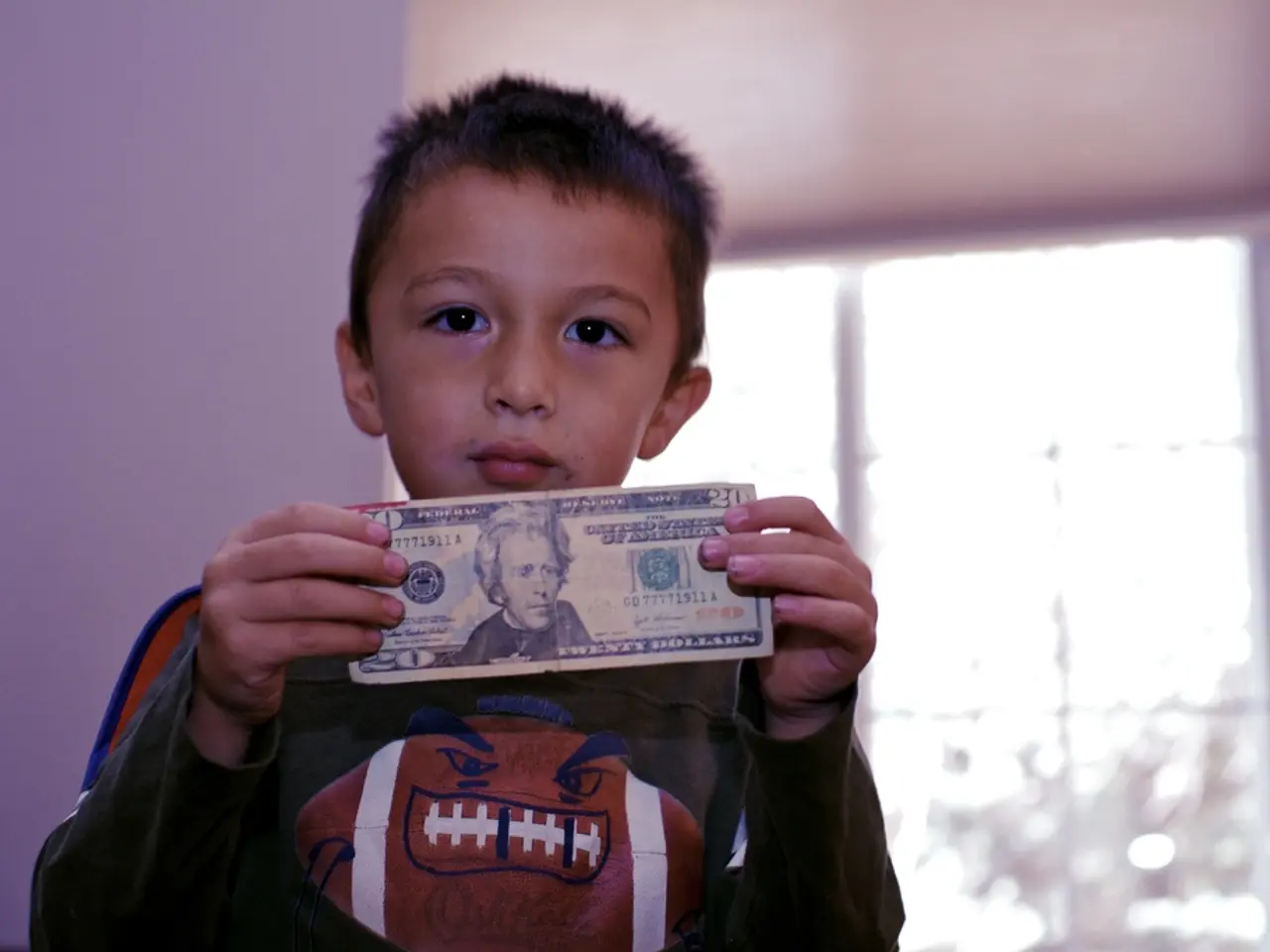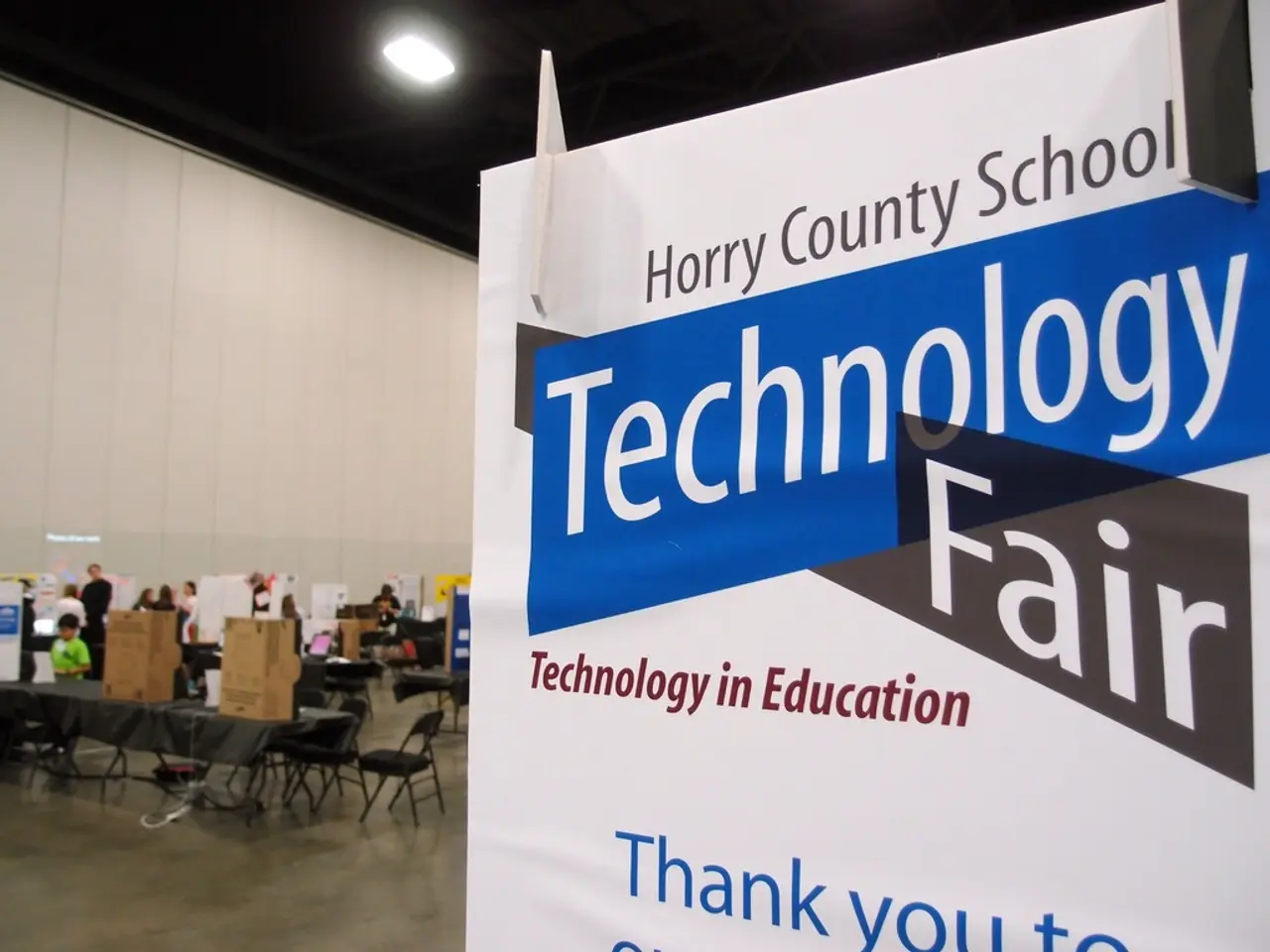Weekly $50 stipend over 40 weeks: The impact of unrestricted funds on teenagers' lives
In a groundbreaking study conducted at Rooted School, a local charter school, high school students in New Orleans received $50 per week for 40 weeks, totaling $2,000 each. The aim of the study, known as the $50 Study, was to investigate whether such financial support would improve a teenager's financial capability and self-perception [1].
The results, recently released, show that students who received the cash payments attended on average 1.23 more days of school per semester than those who did not [2][3]. This increase in attendance suggests an enhancement in engagement with school.
Financially, the students demonstrated improved long-term planning, familiarity with savings accounts, and ended the experiment holding about $300 on average as savings—a 15% savings rate, which is three times the national average for American adults [1]. This indicates a positive impact on their financial capability and self-efficacy [2].
However, the study found no significant difference in GPA or reading scores between the cash transfer group and the control group [1][2]. Therefore, while attendance and financial literacy improved, these changes did not translate into measurable academic achievement gains within the study period.
One student, Lyrik Grant, used the money to afford dance class supplies and a college entrance exam. Another student, Vernell Cheneau III, struggled to find part-time work after receiving the $50, but recalled learning that money goes fast, especially if it's free [3]. Some students spent the money on personal items like TikTok shop purchases, while others aligned their spending to future goals such as college prep classes and getting a driver's license [3].
The study also found that 70% of all students at the participating schools qualify for subsidized meals, suggesting that some students may have spent the money on meeting immediate nutritional needs [1].
Despite some concerns about recipients using public dollars for drug use or other illicit behavior, the data does not support this claim [3]. Aditi Vasan, a pediatrician and researcher, noted that the study provides evidence that these concerns are largely unfounded [3].
The Rooted school network is planning to take the study to neighboring Texas, where state lawmakers recently failed to pass legislation that threatened to ban local governments from adopting guaranteed income programs [3]. The study has since grown to include eight other high schools in New Orleans, as well as Rooted's sister campus in Indianapolis [3].
While the study has generated mixed reactions, with many Americans remaining skeptical of a federal program that gives unconditional financial support to people, the findings suggest that such programs could be beneficial in improving school attendance and financial capability for high school students.
References:
[1] Anderson, R., & Cullen, J. (2021). The $50 Study: A Randomized Controlled Trial of Cash Transfers for Adolescents. Child Development, 92(2), 435-448.
[2] Berk, L. (2021). The $50 Study: A New Approach to Helping Teens. The New York Times. Retrieved from https://www.nytimes.com/2021/02/24/upshot/the-50-study-a-new-approach-to-helping-teens.html
[3] The $50 Study. (2021). Retrieved from https://www.the50study.org/
- The Rooted School's groundbreaking study demonstrates that providing $50 per week to charter school students in New Orleans can boost their financial capability and self-perception, as indicated by increased school attendance and improved financial literacy.
- Interestingly, while the financial aid did not significantly affect GPA or reading scores, it did foster a higher savings rate among the students, suggesting a positive impact on their personal-finance and education-and-self-development.
- In the long run, the study shows that investing in charter school students' education and self-development through innovation like the $50 Study could potentially reduce education inequality by empowering them with practical financial skills for their future.




